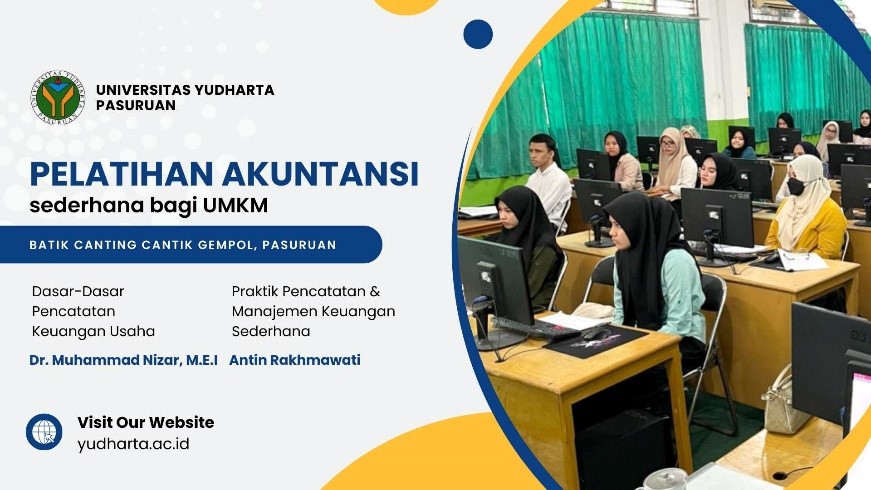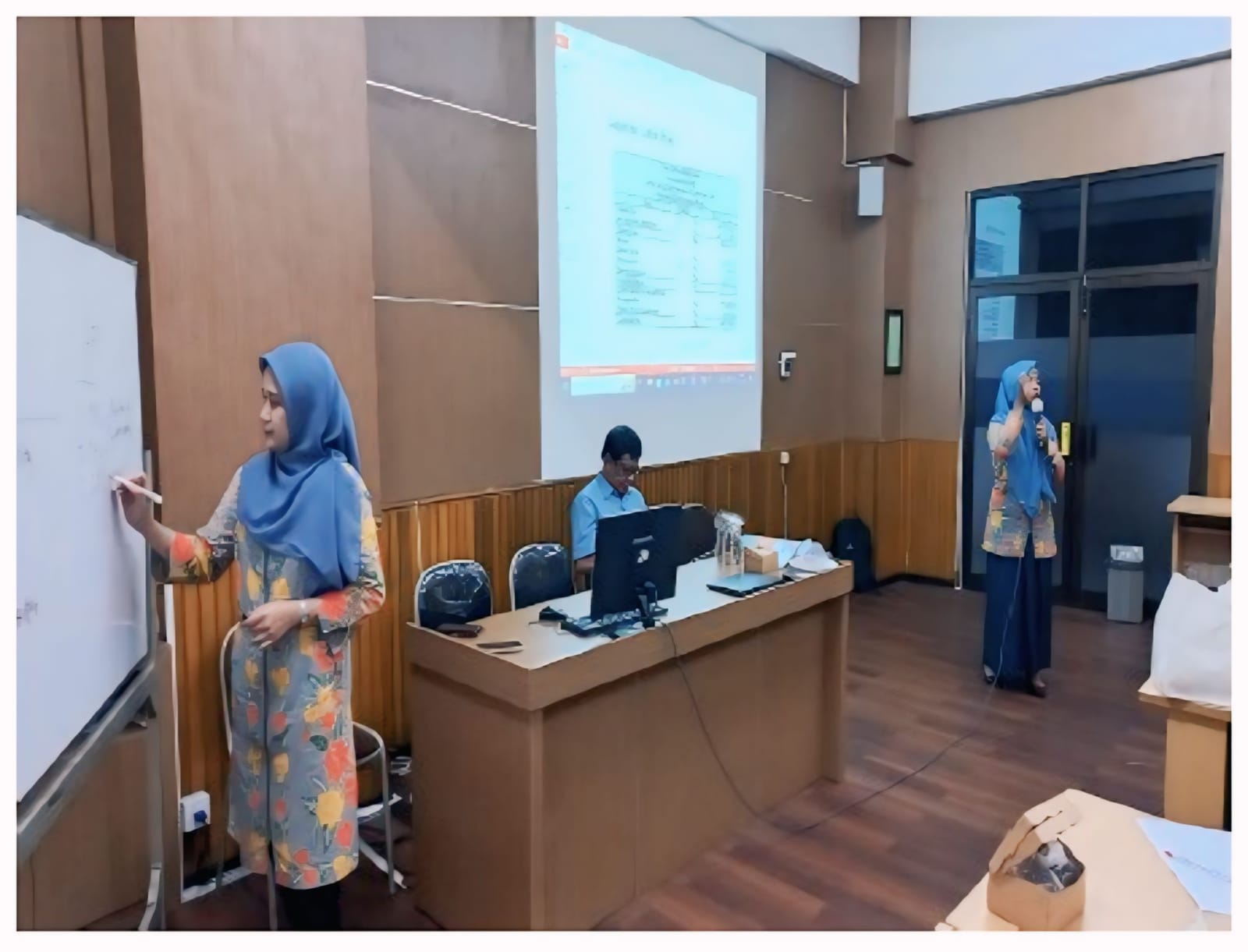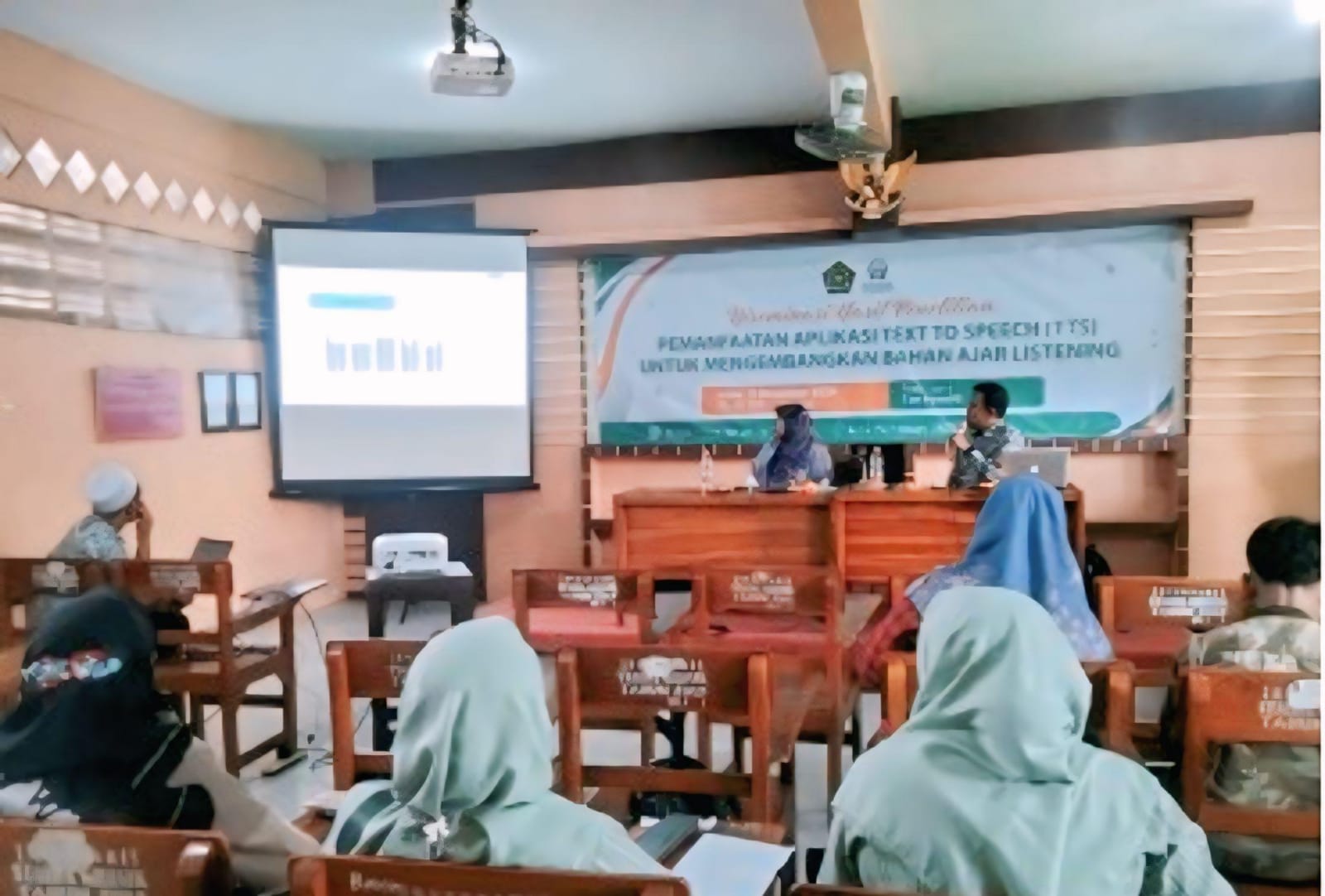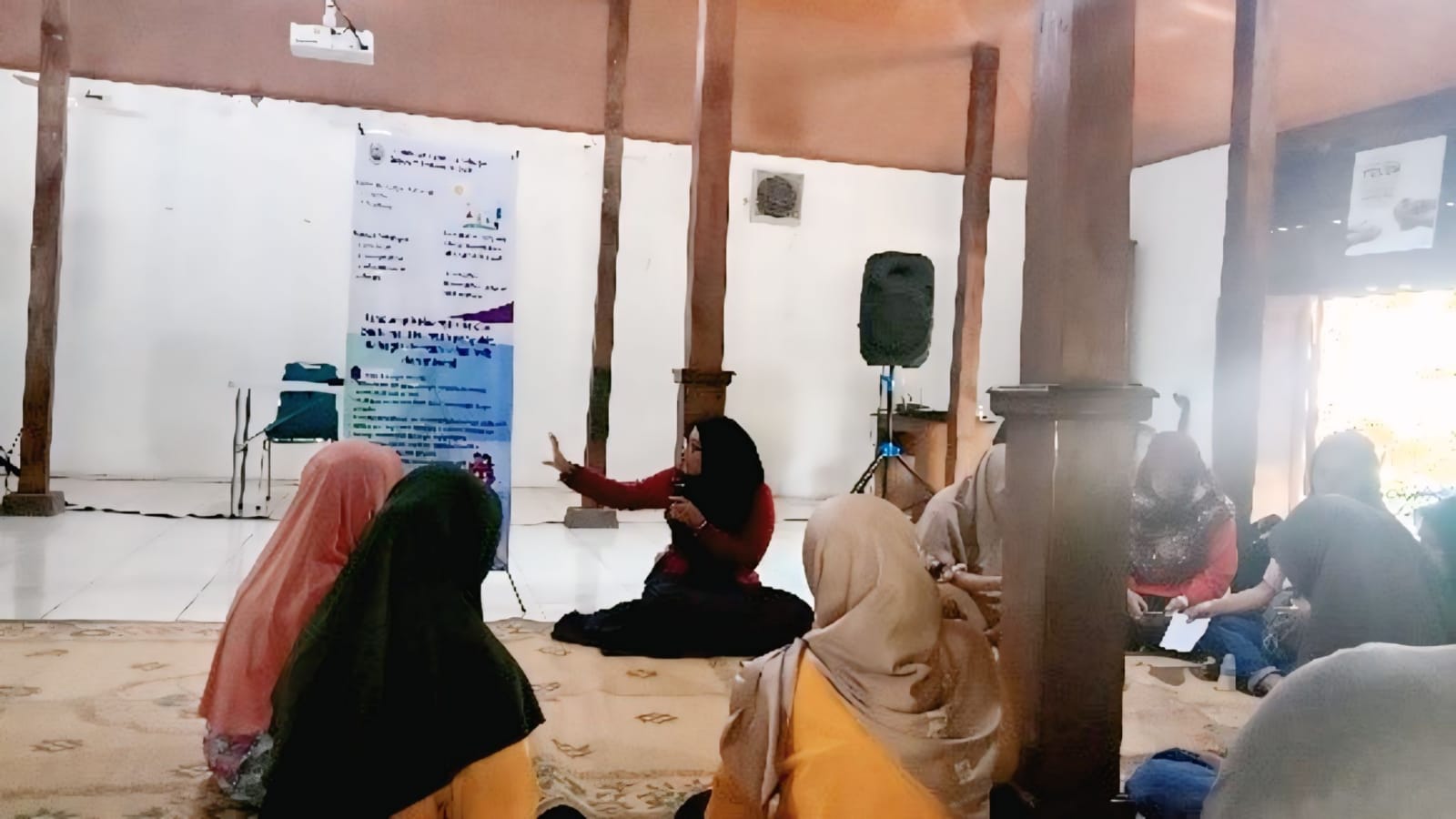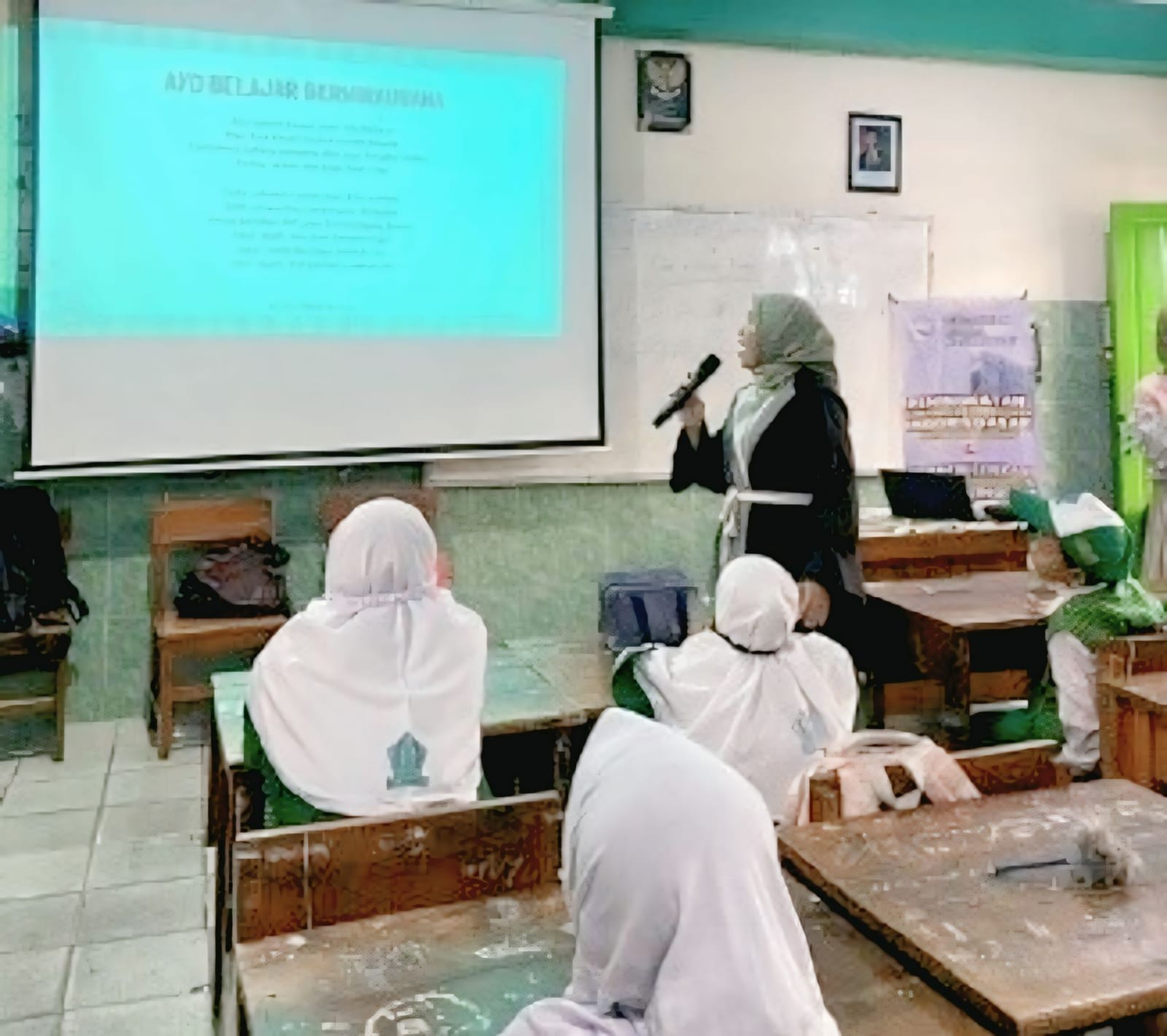ENHANCING ADOLESCENT ROAD SAFETY THROUGH BEHAVIORAL THEORY AND DRIVING SIMULATION
PENINGKATAN KESELAMATAN BERLALU LINTAS REMAJA DENGAN PENDEKATAN TEORI PERILAKU DAN SIMULASI MENGEMUDI
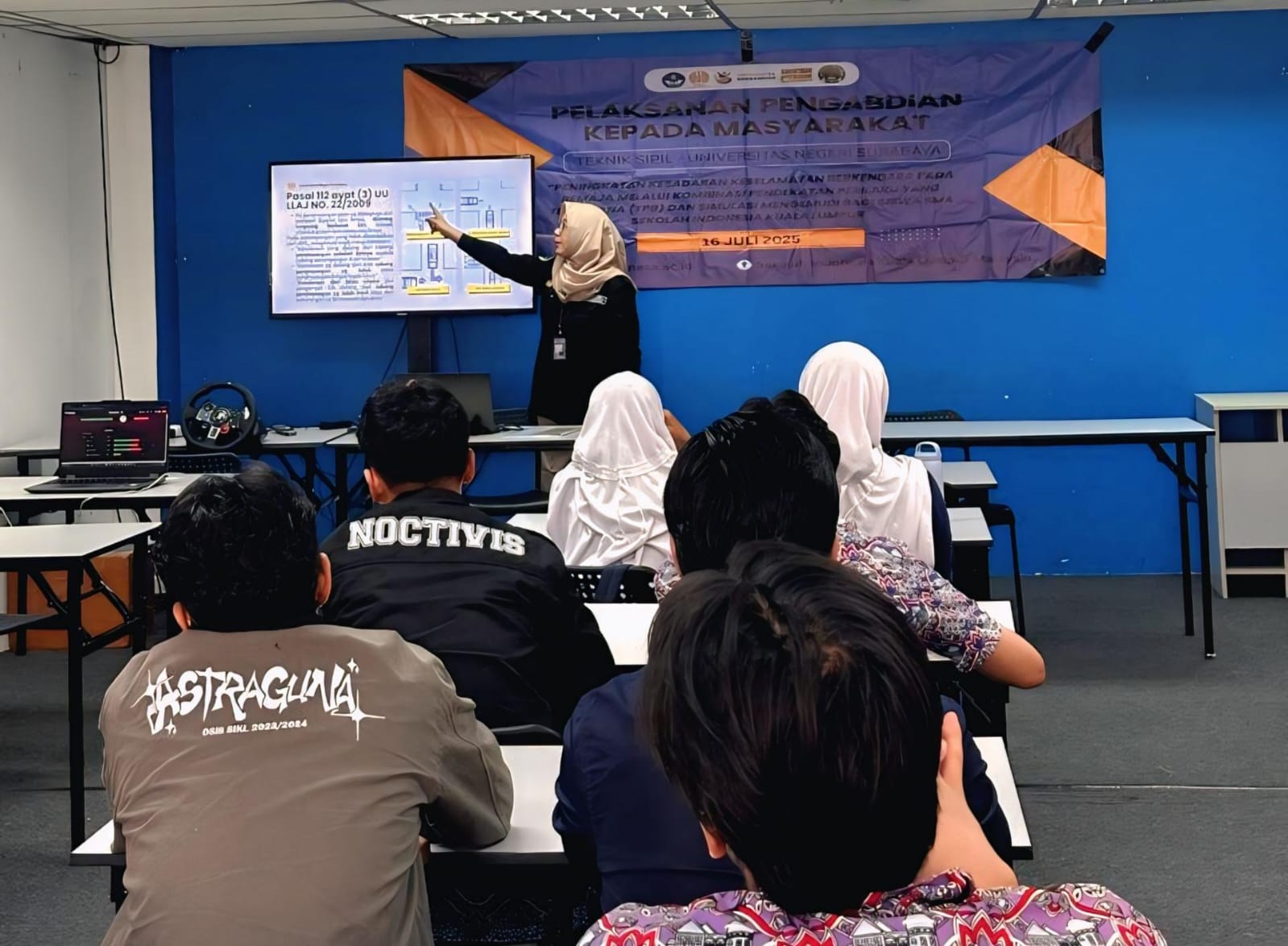
Downloads
Background: Indonesia experiences extremely high traffic accident rates, with motorcyclists and young drivers disproportionately affected due to prevalent human factors, insufficient safety education, and peer-influenced risky behaviors. Objective: In response, this community service initiative integrates comprehensive theoretical instruction with driving simulations to enhance road safety awareness and improve cognitive driving behaviors among adolescent students, specifically those at Sekolah Indonesia Kuala Lumpur. Method: This community service initiative employed a methodology that integrated theoretical instruction based on the Theory of Planned Behavior with virtual driving simulations, assessing its impact on adolescent drivers' road safety awareness through pre- and post-tests and participant satisfaction surveys. Results: The combined theoretical and simulation-based intervention was highly effective in enhancing adolescent drivers' perception of safety, as evidenced by a 32%, 32%, and 33% increase in their correct answer rates for Attitude, Subjective Norms, and Perceived Behavioral Control, respectively. Conclusion: The combined theoretical and simulation based intervention effectively improved road safety attitudes, subjective norms, and perceived behavioral control among young, inexperienced male high school drivers with a history of incidents, consequently promoting cognitive and attitudinal shifts toward safer road behavior.
Copyright (c) 2025 Audinda Virsa Leinia, Nurul Jannah Asid, Iqlima Nuril Amini, Dlauissama, Siti Talitha Rachma, Alwan Gangsar Brillian Putra, Irfan Prasetyo Loekito, Desy Ratna Arthaningtyas

This work is licensed under a Creative Commons Attribution-NonCommercial-ShareAlike 4.0 International License.
- The Author(s) hold the copyright of the article without restrictions
- Darmabakti Cendekia allows the author(s) to retain publishing rights without restrictions.
- The legal formal aspect of journal publication accessibility refers to Creative Commons Atribution-Non Commercial-Share Alike 4.0 (CC BY-NC-SA), implies that publication can be used for non-commercial purposes in its original form.


























